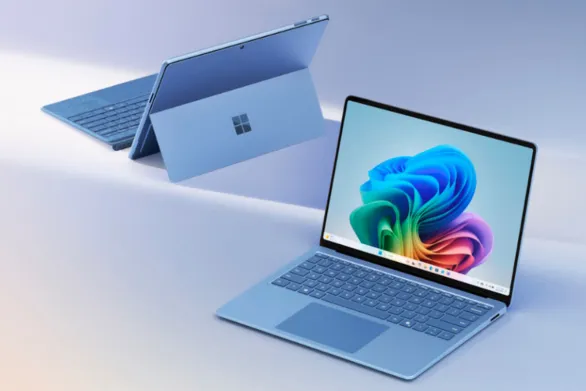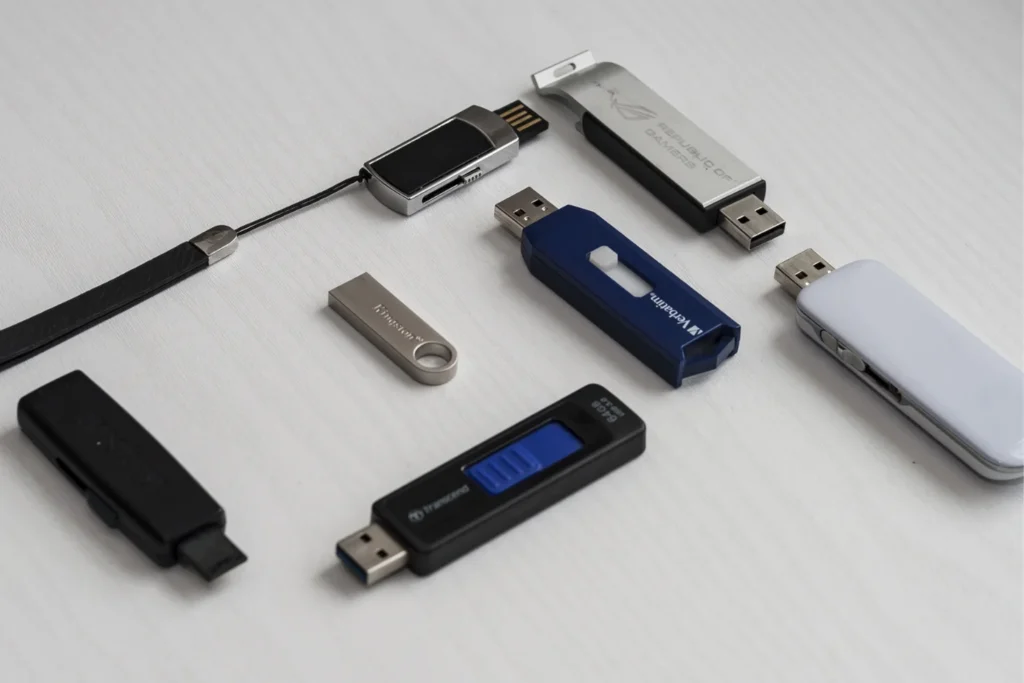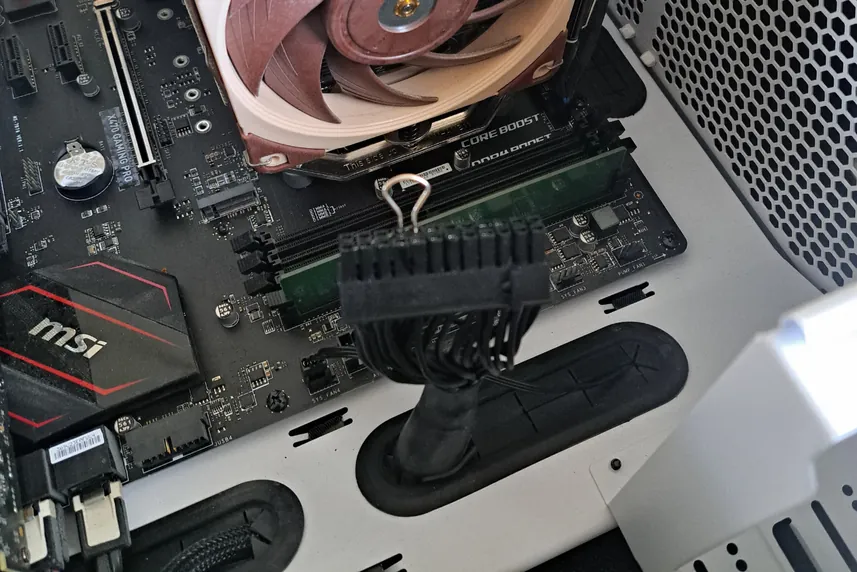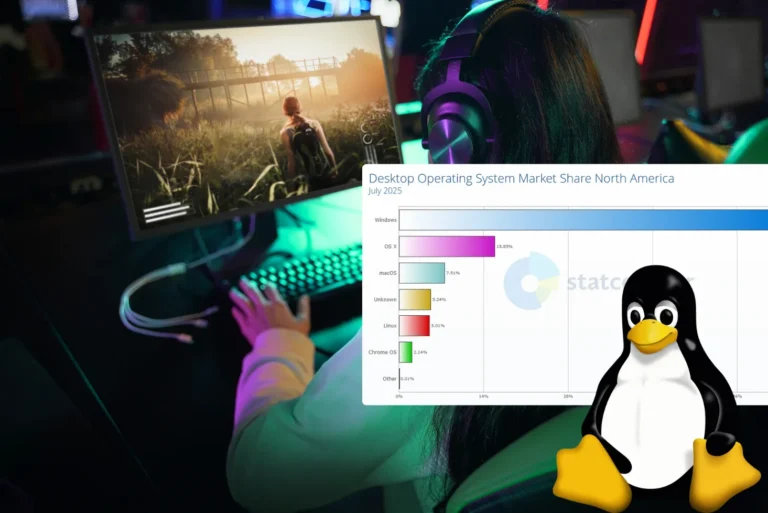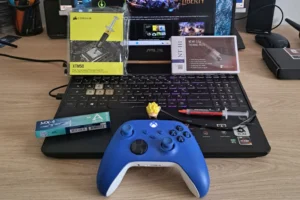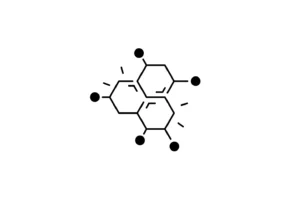Microsoft recently announced the launch of Copilot+ PCs, a new generation of computers equipped with Qualcomm’s Snapdragon X Elite chips for embedded artificial intelligence (AI). Several manufacturers have already unveiled their models.
AI: Microsoft unveils PCs with Windows 11 ARM for Copilot
- Microsoft claims that Copilot + PCs are up to 50% faster than a MacBook Air M3
- Go back in time with Recall
- Cocreator: AI-assisted editing under Windows 11
The Copilot+ PC announcements can be summed up in three words: performance, autonomy and artificial intelligence. Copilot is omnipresent in Microsoft’s strategy, and refers to a series of PCs sharing features designed for AI.
These machines are all equipped with Snapdragon X SoCs, available in Elite or Plus versions. Most offer 16 or 32 GB of RAM, a minimum of 256 GB of SSD storage and promise up to 15 hours of web browsing and even up to 20 hours of video playback.

It’s important to note that Snapdragon X chips are not a requirement to qualify a PC as Copilot+. Any processor equipped with a neural engine (NPU) can claim this appellation, so the diversity of hardware configurations is growing.
Copilot+ PCs share some similar features, although there are variations according to price range. Notable new features include the integration of an OLED screen on the new Surface Pro.
All these features are compatible with the ARM-optimized version of Windows 11.
The number of native applications available has grown considerably.
Among the software already compatible are Chrome, Firefox, Spotify, Dropbox, WhatsApp, the Affinity suite, CapCut, DaVinci Resolve, LiquidText, Zoom as well as Microsoft’s flagship applications such as Office and Teams.
From Adobe, native versions of Photoshop, Lightroom, Firefly and Express are already available, with Illustrator and Premiere Pro to follow shortly.
So AI-oriented, these computers even feature a dedicated Copilot key on all keyboards (easily recognizable).
Microsoft combines the power of the Snapdragon X series with Copilot+ to deliver AI capabilities that redefine the personal computing experience with industry-leading performance and days of battery life….
Qualcomm
Microsoft claims that Copilot + PCs are up to 50% faster than a MacBook Air M3
An interesting feature of Microsoft’s official announcement is the Prism emulator for running x86 or x64 code when a non-native application is launched. Microsoft highlighted significant performance improvements of up to 150% in certain scenarios. Although this has been a problematic aspect for Windows on ARM since its inception, we’ll have to wait for comprehensive tests to assess these advances.

Microsoft claims that Copilot+ PCs are up to 58% faster than a MacBook Air M3 for complex tasks, without providing further details.
Go back in time with Recall
The most emblematic function is undoubtedly Recall, which Microsoft describes as a “pictorial memory”. Recall analyzes the user’s activities and regularly takes snapshots to retrieve old activities through natural language queries. While the question of privacy naturally arises, little information is available on this subject.
Recall requires an SSD of at least 256 GB and consumes around 50 GB. History is kept for three months, and once full, older items are replaced by newer ones.
Cocreator: AI-assisted editing under Windows 11
Microsoft continues to innovate in the field of artificial intelligence with the introduction of Cocreator, a feature that intuitively generates images using natural language queries.
Users can refine the results by specifying certain aspects, modify the rendering, or evolve the concept. A setting lets you toggle between the different styles on offer. The Photos application now includes the Restyle function, which combines photo retouching and image generation to modify the style of photos.
Since the launch of Image Creator, almost 10 billion images have been generated, enabling more people to turn their ideas into reality via natural language descriptions. However, current cloud solutions sometimes impose limits on the number of images generated, present variable processing times, and raise questions of confidentiality.
By integrating neural processing units (NPUs) and powerful language models running locally on the PC, Microsoft has enriched creative applications such as Paint and Photos with innovative new experiences.
